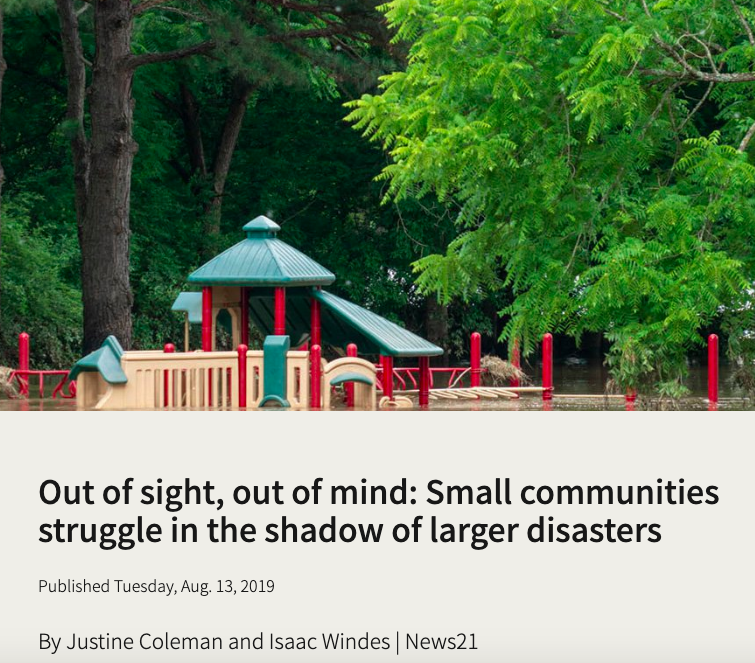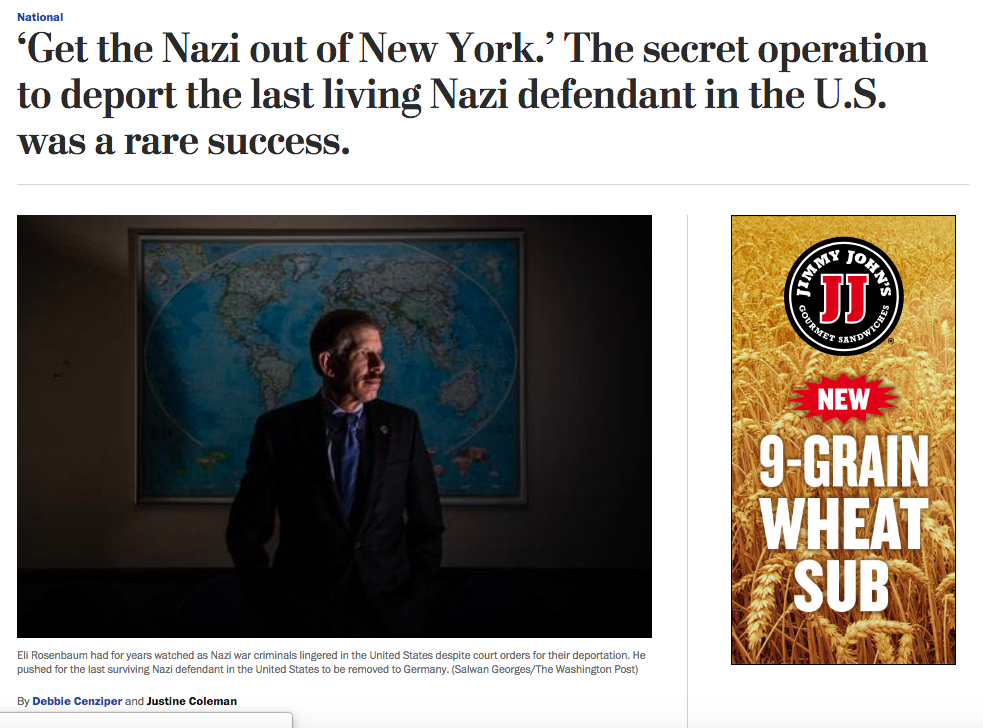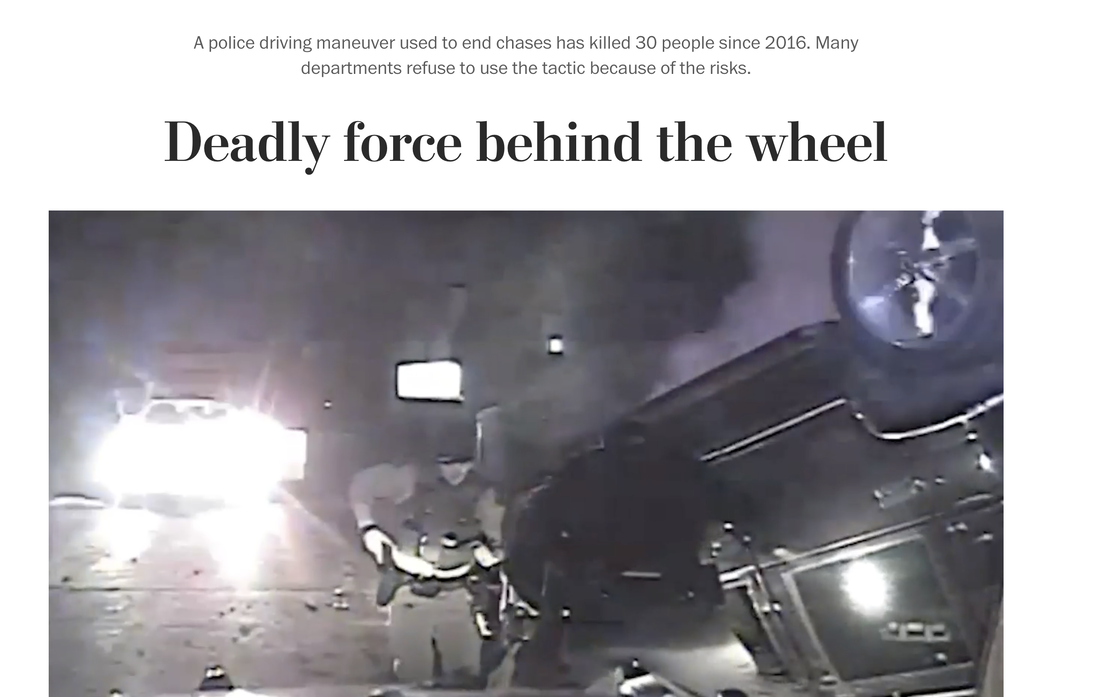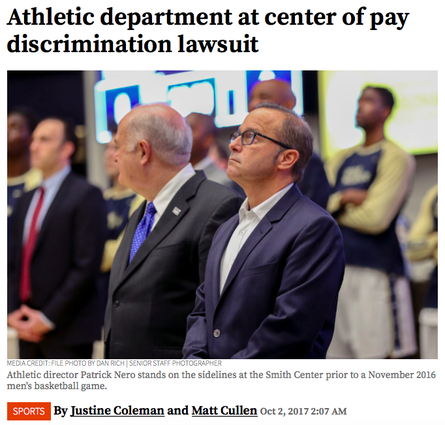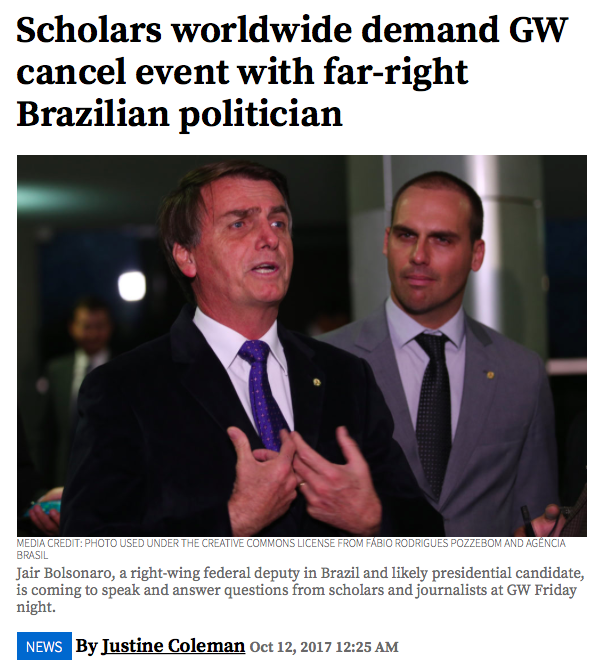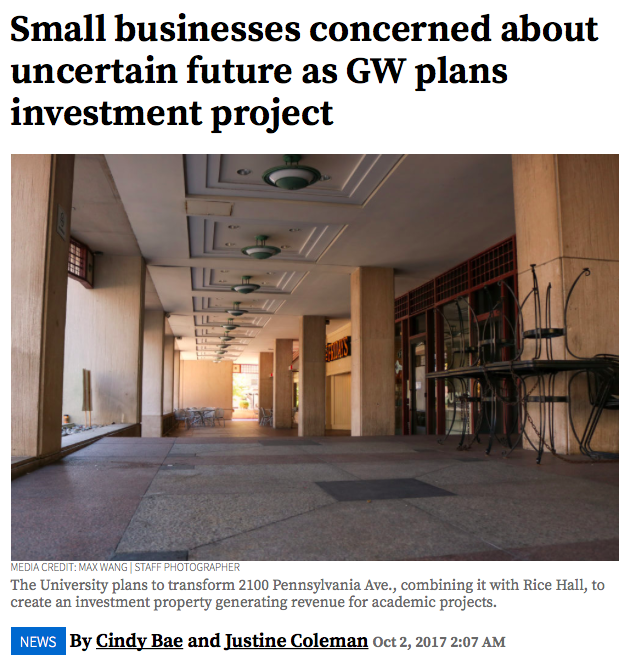The Hill
I pursued this story after a Twitter tip from an expatriate who knew others were struggling to get their COVID-19 vaccine. I conducted thorough interviews for about a dozen advocates and expatriates, including several who lived in Thailand for which I navigated the 11-hour time difference. Finally, I compiled those interviews and my research into a comprehensive story describing different obstacles to getting vaccinated as an expatriate. |
For this piece, I received a pitch from an advocacy group called COVID Survivors for Change who was launching a week of action during which they asked elected officials for support for COVID-19 long-haulers and families who've lost loved ones. I talked to several people struggling with long COVID-19 who were trying to get their stories heard and also reached out to experts to get more context on how widespread of an issue long COVID-19 is. |
I pitched this story for The Hill’s Democratic National Convention issue after I noticed both candidates’ focus on religion during their campaign events and speeches. Knowing that President Trump won a majority of the white evangelical vote in 2016, I wanted to ask what former Vice President Joe Biden’s campaign planned to do at the convention to win over a portion of these voters. I talked to the Biden campaign and advocates on both sides of the aisle to inform my piece. |
I pitched this story about how some places of worship were continuing services during the early days of the coronavirus pandemic despite stay-at-home orders. Through interviews with pastors continuing in-person services, religious freedom advocates, the CEO of Americans United for Separation of Church and State and health experts, I developed a balanced story on the conflict between these religious groups and the state stay-at-home orders. |
Carnegie-Knight News21 Program
I had the opportunity to write this lead story for the Carnegie-Knight News21 Program, which produces a national investigative multimedia project every year. After seven months of work, I worked with another fellow to organize Federal Emergency Management Agency datasets and scores of interviews into this original story on how smaller communities have trouble gathering resources to recover from disasters. I also conceptualized the graphics shown throughout the piece. |
The Washington Post
For this front-page article, my former professor Debbie Cenziper at The George Washington University asked me to help with report a story within the next few days. Since I had just finished my summer internship, I jumped into action. I took on much of the background interviews and research for the article, spending the entirety of two business days focused on the project. I ended up securing five interviews with key sources after much persistence. I collected other statements, press releases, emails and a transcribed press call, which I compiled in an organized document along with my transcripts that I manually typed. I also assisted fact-checking during the writing process. |
I worked on the front-end of this project for the Investigative Reporting Workshop at American University, submitting scores of records requests from police departments and agencies across the country. I organized my requests in a Google Sheets document that the writers and later interns used when putting together the piece. |
The GW Hatchet
I broke the news of this lawsuit after noticing in a court database that the Equal Employment Opportunity Commission filed the suit against The George Washington University. After contacting everyone mentioned in the document for comment, I wrote the story hours after finding the suit until 3 a.m. The story ran on the front page and received 2,207 visitors online in four days. |
After noticing on Twitter that people were unhappy with a speaker coming to campus and then receiving multiple tips from alumni and staff, I decided to jump into this story by finding out why the right-wing Brazilian politician Jair Bolsonaro was invited to campus and why people were upset about it. I spoke to Brazilian alumni, an anti-Bolsonaro group leader and several staff members. Eventually, Bolsonaro canceled the event the day before, which I published in a separate article late that night after confirming with a GW faculty member. |
Following research about how the Foggy Bottom neighborhood had transformed in the past five years, I noticed a pattern of small businesses being removed from the area following redevelopment. Since The George Washington University had announced a redevelopment of a building with lots of small businesses, I decided to ask local business owners how the changes would affect them. I talked to four owners about the uncertainty of the future of their businesses and utilized my feature writing skills by taking in the surroundings of the shops and asking detailed questions. |
|
© 2024 by Justine Coleman |
Header background courtesy of pixabay.com |




